1. Deviled Eggs

Some recipes seem to fade away with the times, but they never truly disappear. They wait quietly, tucked into recipe boxes or remembered from family gatherings, until the right moment brings them back. Today, many of Grandma’s classics are reappearing on modern tables, carrying both comfort and surprise.
Deviled eggs were once a must-have for picnics, potlucks, and holiday gatherings, prized for their simplicity and creamy filling. Today, they’ve made a big comeback, but with a modern twist that elevates them far beyond the plain paprika-dusted versions of the past. Restaurants and home cooks alike are experimenting with bold flavors like smoked salmon, sriracha, or truffle oil, while garnishes such as pickled onions, microgreens, or crispy bacon add flair and texture. The beauty of deviled eggs is that they balance nostalgia with creativity, people still recognize the dish, but it feels fresh and exciting. Their small, bite-sized nature makes them perfect for parties, and their versatility ensures they can be dressed up for fine dining or kept simple for a casual snack. What was once a humble finger food has now become a stylish appetizer that bridges generations.
2. Bread Pudding

Bread pudding began as a thrifty way to use up stale bread, combining it with milk, eggs, sugar, and spices to create a warm, custardy dessert. For many, it was the kind of sweet comfort that came straight out of Grandma’s oven on a chilly evening. Today, bread pudding is being rediscovered and transformed in inventive ways. Chefs are dressing it up with brioche or croissants, drizzling it with whiskey or caramel sauce, and even adding ingredients like chocolate chunks, dried fruit, or tropical flavors such as coconut and pineapple. The result is a dish that feels both familiar and elevated, suitable for a diner dessert or a high-end menu. Its revival also reflects a renewed appreciation for resourceful cooking, where nothing goes to waste. Bread pudding proves that sometimes the simplest roots can give rise to the richest flavors, and that old-fashioned comfort food still has a place in modern kitchens.
3. Tomato Aspic

Tomato aspic may sound unusual today, but it once held a firm place on Southern tables, especially at luncheons and holiday spreads. This savory gelatin dish, made with tomato juice, vinegar, and seasonings, was prized for its refreshing tang and ability to hold its shape as an elegant centerpiece. While it fell out of favor for decades, chefs and adventurous home cooks are bringing it back with new twists. Instead of relying on canned tomato juice, modern versions use fresh, ripe heirloom tomatoes blended with herbs like basil and dill, creating a brighter and more natural flavor. Some even incorporate vegetables or seafood for added texture. Though its jelly-like form can be polarizing, its revival taps into a love of vintage cooking and the fun of experimenting with dishes from the past. Tomato aspic isn’t just a quirky throwback, it’s a reminder that food history is full of surprises worth tasting again.
4. Pot Roast
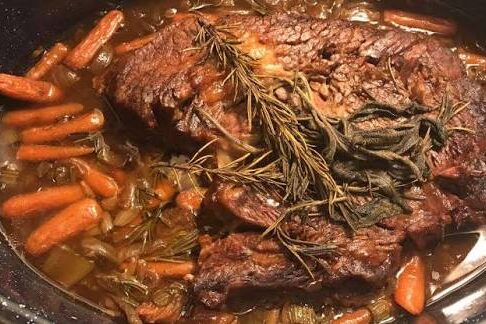
For generations, pot roast was the centerpiece of a hearty Sunday dinner, often served with potatoes, carrots, and onions cooked low and slow until tender. Families would gather around the table as the savory aroma filled the house, making it a symbol of comfort and togetherness. While it drifted out of fashion in recent years, pot roast is reappearing as people crave meals that feel both nourishing and nostalgic. Today’s versions often use grass-fed beef, root vegetables, and red wine or bone broth for richer flavor. Some chefs also highlight the dish’s rustic appeal by serving it in cast-iron pots or pairing it with artisanal bread. What hasn’t changed is the magic of slow cooking, the way tough cuts transform into fork-tender bites. Pot roast’s comeback shows that in a fast-paced world, there’s something deeply satisfying about slowing down and savoring a classic that has stood the test of time.
5. Ambrosia Salad

Ambrosia salad once lit up holiday buffets with its mix of fruit, marshmallows, and whipped topping, offering a sweet and colorful break from heavier dishes. For many, it was a childhood favorite, even if it leaned a little kitschy. Today, ambrosia is being reimagined in fresher, lighter ways that still nod to its retro charm. Instead of canned fruit and heavy cream, modern versions often feature fresh citrus, pineapple, or berries paired with Greek yogurt, honey, and toasted coconut for a brighter, more balanced flavor. The playful mix of textures, juicy fruit, chewy marshmallows, and creamy dressing, remains, but the updated approach makes it feel less sugary and more sophisticated. Ambrosia’s return isn’t just about the taste; it’s about the joy of bringing a fun, colorful dish back to the table. It’s proof that sometimes nostalgia, with a little update, can feel surprisingly new again.
6. Macaroni Salad

Macaroni salad has always been a picnic and barbecue staple, known for its creamy dressing and mild flavor. While it faded into the background for a while, it’s back in style with modern updates that give it more character. Instead of being weighed down with plain mayonnaise, today’s versions often feature lighter dressings like lemony vinaigrettes, yogurt blends, or even spicy chipotle mayo. Fresh vegetables such as bell peppers, peas, and red onion add crunch and color, while herbs like parsley or dill brighten the taste. Some chefs even toss in bold extras like feta cheese, olives, or roasted peppers to give the dish a Mediterranean flair. Despite these creative updates, the heart of macaroni salad remains the same, it’s a simple, comforting side that travels well and fits perfectly on a summer table. Its comeback shows how a little imagination can breathe new life into an old classic.
7. Creamed Spinach
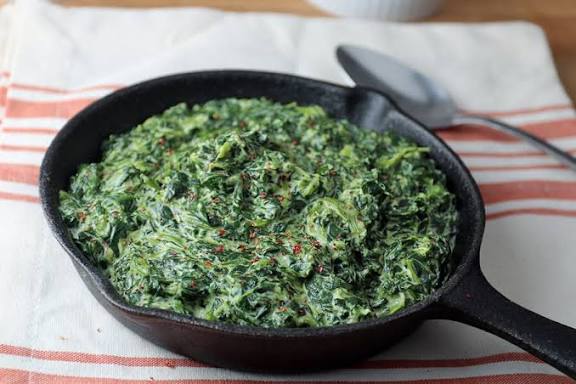
Creamed spinach was once a hallmark of classic steakhouses in the 1950s and 1960s, often served alongside prime rib or filet mignon. Over time, it was dismissed as heavy or outdated, but it’s now making a quiet return. The rich, velvety sauce of cream, butter, and seasonings paired with tender spinach brings both comfort and a touch of elegance. Modern recipes are lightening things up by using half-and-half instead of full cream, adding nutmeg or garlic for depth, and sometimes blending in cheese like Parmesan for extra richness. Some health-conscious cooks even swap part of the cream with Greek yogurt for a fresher take. Creamed spinach strikes a balance between indulgence and nutrition, it’s a way to enjoy greens without sacrificing flavor. Its revival proves that sometimes the most satisfying sides are the ones that combine wholesome ingredients with a little old-fashioned decadence.
8. Cornbread
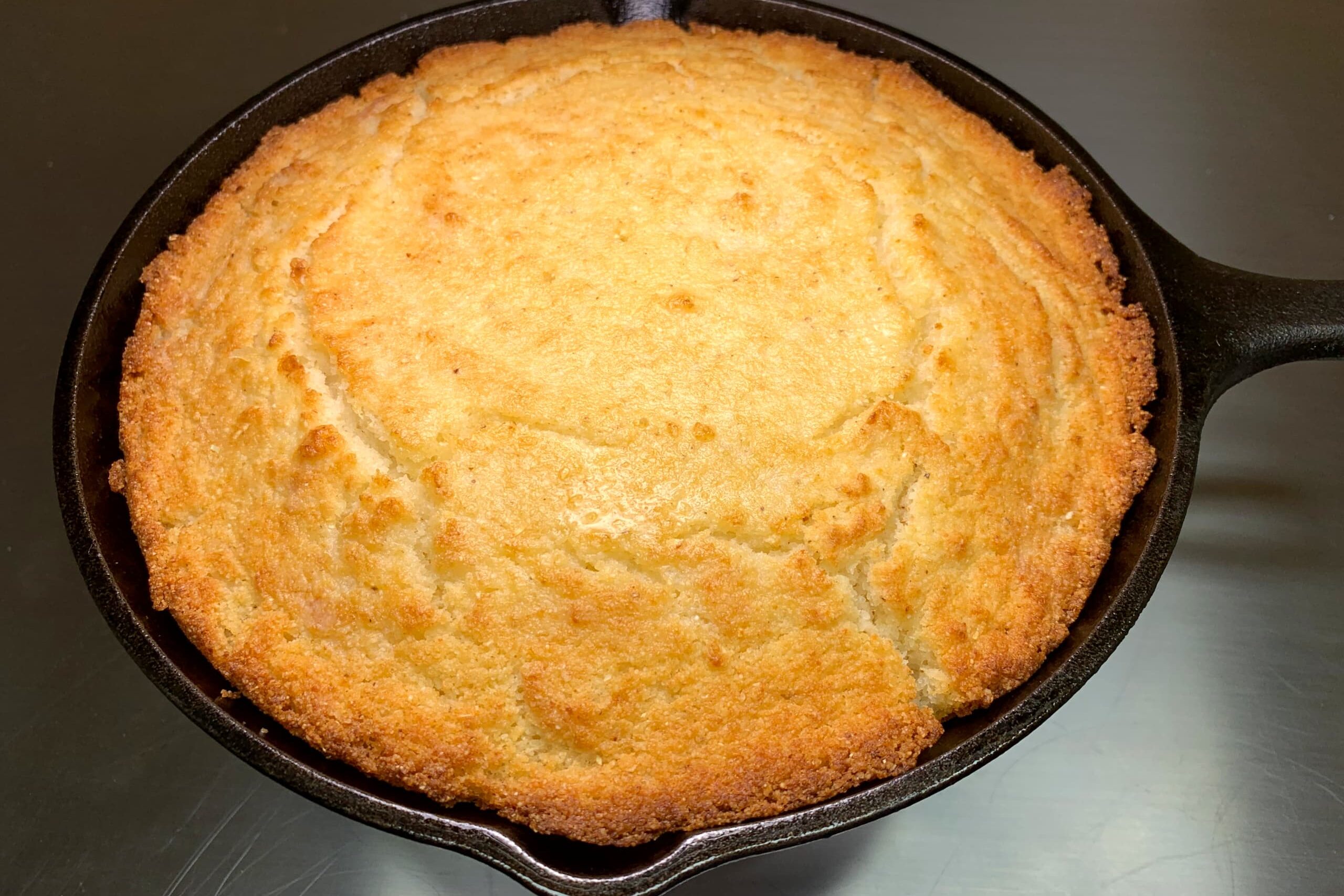
Cornbread has deep roots in American cooking, especially in the South, where it was often baked in cast iron and served with nearly every meal. While it never fully disappeared, it’s enjoying a renewed spotlight as chefs and home cooks experiment with both sweet and savory variations. Some stick with the traditional buttermilk base, while others mix in fresh corn kernels, jalapeños, or cheddar cheese for added punch. Served with honey butter, maple syrup, or even paired with barbecue meats, cornbread remains versatile and comforting. Its golden crust and soft, crumbly texture make it irresistible whether eaten fresh from the oven or as leftovers with soups and stews. The comeback of cornbread also reflects a broader appreciation for rustic, home-baked goods that feel connected to tradition. It’s not just a side dish, it’s a warm slice of history that still belongs on today’s tables.
9. Pound Cake

Pound cake earned its name centuries ago from its simple formula: a pound each of butter, sugar, eggs, and flour. This rich, dense cake was a favorite at family gatherings, tea times, and Sunday desserts. Though overshadowed in recent decades by more elaborate sweets, it’s making a strong return. Modern bakers often dress it up with seasonal fruit toppings, a drizzle of glaze, or whipped cream for a polished finish. Variations with lemon zest, almond extract, or chocolate swirls add new layers of flavor while keeping its familiar buttery base. Pound cake’s appeal lies in its simplicity, it doesn’t need flashy decorations to impress. It’s dependable, delicious, and versatile, equally welcome as a casual snack or an elegant dessert centerpiece. Its revival speaks to the comfort people find in timeless recipes that are both easy to make and endlessly adaptable.
10. Oxtail Stew
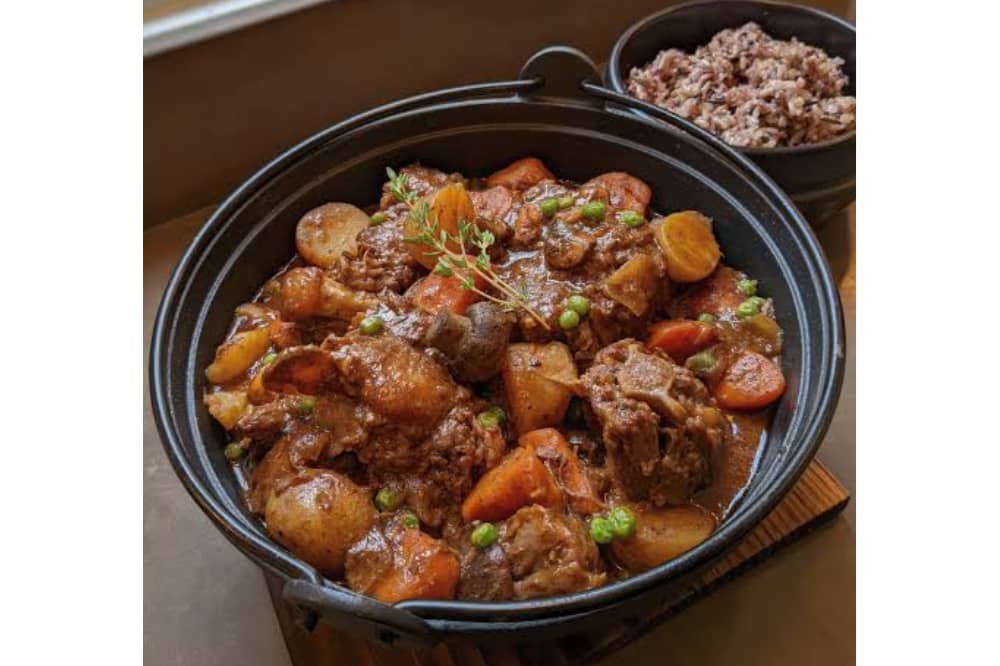
Once considered a budget cut, oxtail was a practical choice for families who knew how to coax flavor from tougher pieces of meat. Today, it’s one of the most sought-after ingredients for creating rich, soulful stews. Oxtail’s natural gelatin makes the broth silky and hearty, while the slow cooking process transforms the meat into tender, fall-off-the-bone bites. Though rooted in traditional home cooking, oxtail stew now appears on high-end restaurant menus, often seasoned with red wine, aromatic vegetables, and fresh herbs. Some versions draw on Caribbean or African influences, adding spices like allspice, thyme, or Scotch bonnet peppers for depth and heat. Its comeback highlights a growing appreciation for dishes that celebrate patience and flavor rather than convenience. Oxtail stew is proof that foods once overlooked can become prized treasures when given the time and care they deserve.
11. Chicken and Dumplings
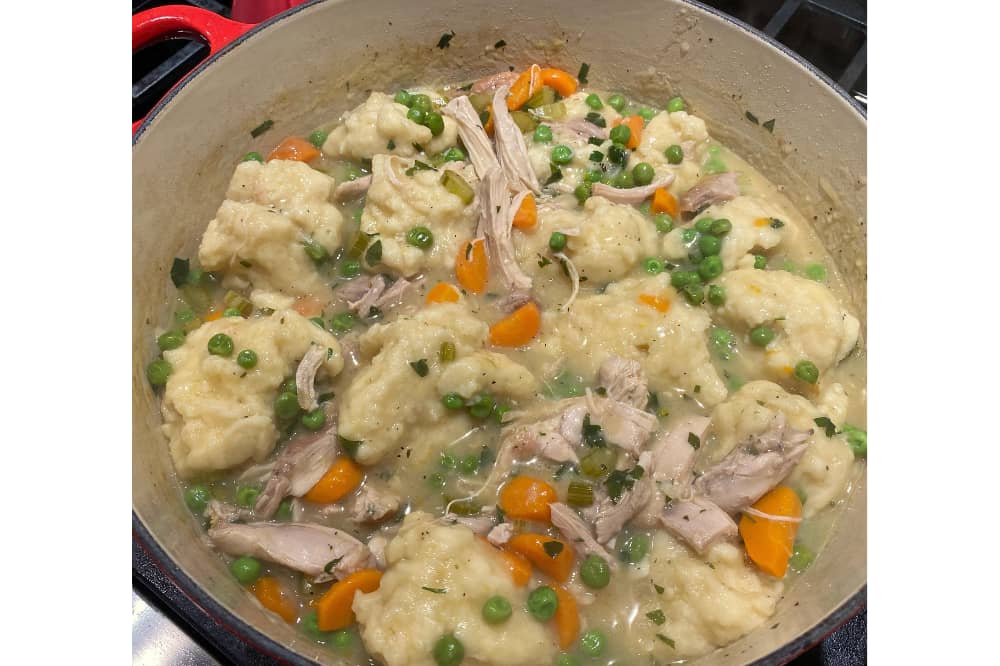
Chicken and dumplings have long been a symbol of homey comfort, especially in colder months when a hearty bowl warms both body and soul. The dish, with its tender chicken, savory broth, and fluffy dumplings, was a staple in many Southern kitchens and farmhouses. For years, it slipped into the background, seen as old-fashioned or too time-consuming, but now it’s making a delicious comeback. Restaurants are reintroducing it as a cozy winter special, often using free-range chicken and fresh herbs to elevate the flavor. Some modern twists include lighter dumplings made with herbs or whole grains, while others add vegetables like carrots and leeks for a more balanced meal. The real magic, though, remains in the broth, which simmers slowly until infused with deep, comforting flavors. Chicken and dumplings remind us of simpler times, proving that some dishes never lose their place at the table.
12. Rice Pudding

Rice pudding has a long history as a humble dessert, often made with leftover rice, milk, sugar, and spices. Many people remember it as a school cafeteria treat or a cozy dessert from childhood, but it’s now gaining fresh attention in both home kitchens and trendy restaurants. Modern versions draw on global flavors, using coconut milk for a tropical twist, cardamom and saffron for a Middle Eastern flair, or dulce de leche for Latin-inspired richness. Some are topped with caramelized sugar, nuts, or dried fruit, turning a simple bowl into something elegant. Its texture, creamy yet slightly chewy, makes it unique, while its adaptability allows cooks to play with both flavor and presentation. Rice pudding’s revival reflects a craving for desserts that feel familiar but can be customized to suit different tastes. It proves that even the simplest ingredients can become something special with a little creativity.
13. Waldorf Salad
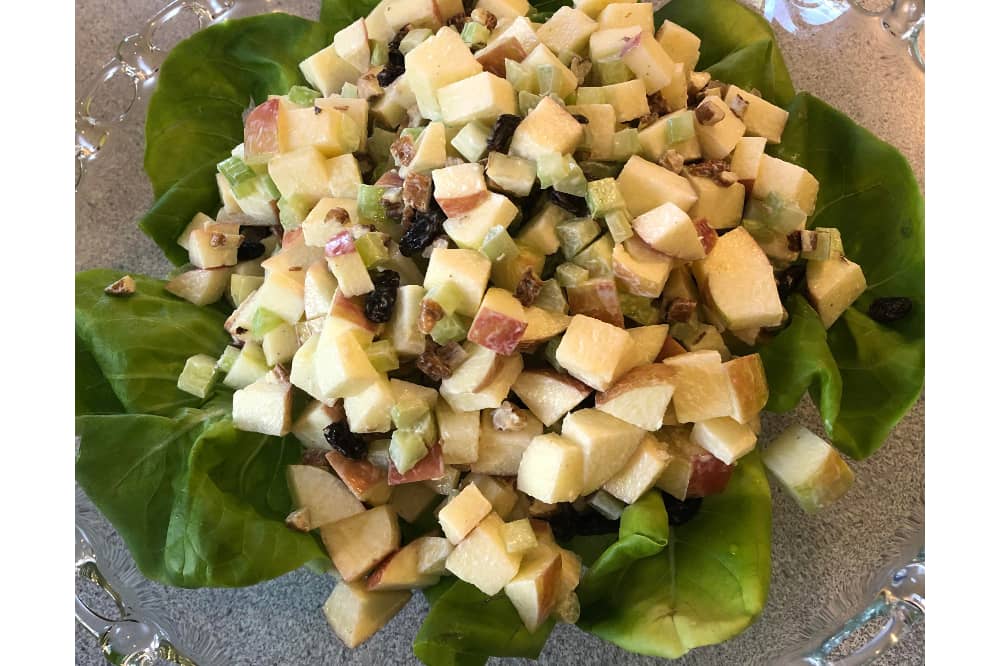
The Waldorf salad first appeared in the 1890s at New York’s Waldorf Hotel, combining apples, celery, and walnuts in a creamy dressing. It became wildly popular in mid-century America, often appearing at dinner parties and luncheons. Though it later fell out of fashion, it’s making its way back with lighter, fresher updates. Instead of heavy mayonnaise, many cooks now use Greek yogurt or light vinaigrettes, which brighten the flavor while keeping it creamy. Additions like grapes, cranberries, or fresh herbs give the salad more depth and modern appeal. The mix of crisp apples, crunchy nuts, and creamy dressing still works beautifully, striking a balance between refreshing and satisfying. Its comeback isn’t just about taste, it also speaks to the charm of retro elegance. The Waldorf salad proves that even simple combinations can stand the test of time when given a thoughtful update.
14. Liver and Onions
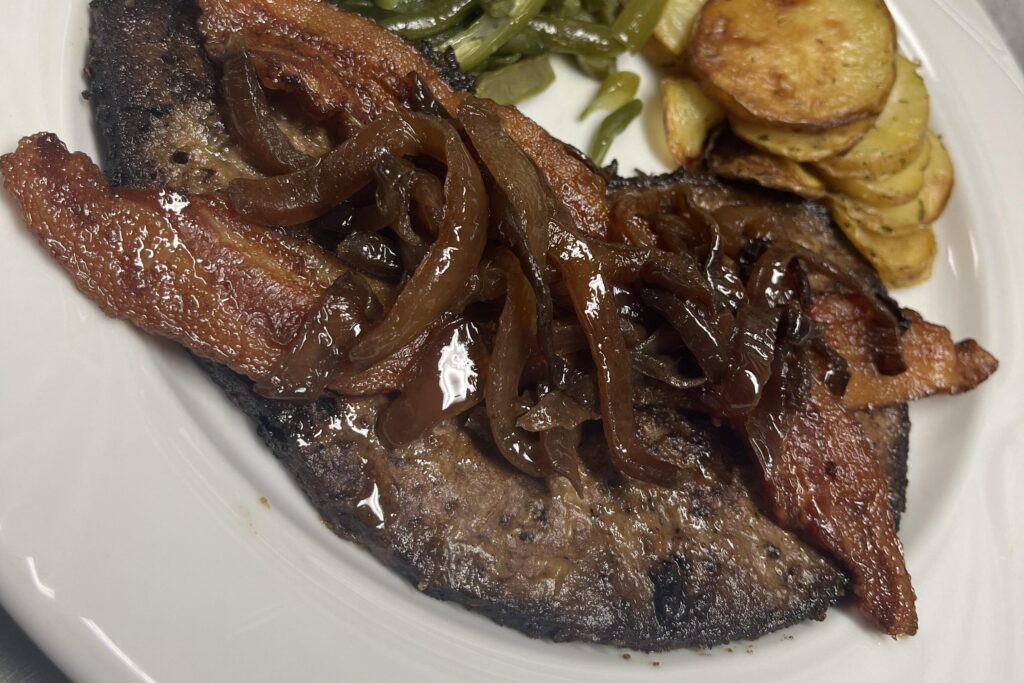
Liver and onions may be one of the most polarizing dishes from Grandma’s kitchen, beloved by some and avoided by others. Yet, this classic is returning to menus thanks to its nutritional value and bold, savory flavor. Liver, rich in iron and vitamins, was once a common and affordable cut, prepared simply with onions to mellow its strong taste. Modern chefs are revisiting it with care, ensuring the liver is cooked just right to avoid toughness or bitterness. Some add red wine reductions, fresh herbs, or even bacon to balance the flavor and add richness. For those who grew up with it, the dish sparks deep nostalgia, while newcomers are discovering it as a surprisingly satisfying option. Its revival highlights a renewed interest in “nose-to-tail” cooking and respect for ingredients that shouldn’t go to waste. Liver and onions prove that even the most debated classics deserve a second chance.
15. Jell-O Molds

Few foods are as instantly recognizable from mid-century parties as the colorful, wobbly Jell-O mold. Once a centerpiece of holiday tables and church socials, these gelatin creations fell out of favor for decades, seen as overly artificial and kitschy. Today, though, they’re staging a playful comeback. Modern cooks are making them with natural fruit juices, fresh berries, and even herbs to create stunning, jewel-like desserts. Some adventurous versions even incorporate cocktails, turning them into fun, retro-chic treats for adults. The artistry of layered molds, with their bright colors and whimsical shapes, has also found new life on social media, where they’re celebrated for their visual appeal. Beyond the novelty, Jell-O molds carry a nostalgic charm, reminding people of family gatherings and festive spreads. Their return proves that sometimes the quirkiest traditions are worth celebrating all over again.
16. Cobbler

Cobbler has always been one of the simplest yet most comforting desserts, just fresh fruit baked under a biscuit or cake-like topping. It was a summer favorite in many homes, with peaches, blackberries, or cherries bubbling up from beneath the golden crust. While it never completely disappeared, cobbler is finding renewed love as people seek desserts that celebrate seasonal produce. Today’s versions often highlight farmers’ market fruits, paired with touches like brown sugar, cinnamon, or lemon zest for added brightness. Some bakers are experimenting with gluten-free or whole-grain toppings to suit modern tastes, while others keep it classic with a scoop of vanilla ice cream on top. Cobbler’s comeback rests in its rustic charm, it doesn’t need to look perfect to taste extraordinary. It’s a reminder that some of the best desserts are born from simple ingredients and a warm oven.
17. Creamed Chipped Beef on Toast

Known affectionately (and sometimes humorously) as “SOS,” creamed chipped beef on toast was once a staple in military mess halls and Northeastern diners. Made from dried beef slices simmered in a creamy white sauce and served over toast, it was cheap, filling, and practical. For years, it was overlooked as too plain or old-fashioned, but it’s making a return, especially in brunch spots that celebrate retro comfort foods. Today’s versions often use higher-quality beef, fresh herbs, and artisanal bread, transforming the dish into something both nostalgic and satisfying. Its salty, savory flavor and creamy texture make it a true comfort food, especially for those who grew up with it. The dish’s revival reflects a broader trend of rediscovering humble meals that once defined everyday cooking. Creamed chipped beef on toast proves that even the simplest recipes can stand the test of time.
18. Mulligan Stew

Mulligan stew emerged during the Great Depression as a symbol of resourcefulness, made from whatever ingredients were on hand, often vegetables, beans, scraps of meat, or pasta, all simmered together in one pot. It was hearty, affordable, and flexible, feeding families in tough times. While it faded as life became more convenient, Mulligan stew is now making a comeback in rustic restaurants and community kitchens that celebrate frugal, sustainable cooking. Modern versions often highlight seasonal vegetables, grass-fed meats, or beans for protein, keeping the spirit of the dish alive while adapting it to today’s tastes. The beauty of Mulligan stew lies in its lack of rules, it’s about creativity, waste-free cooking, and making the most of what you have. Its revival speaks to current concerns about food waste and the appeal of hearty, wholesome meals that bring people together.
19. Shoofly Pie

Shoofly pie, a molasses-based dessert from Pennsylvania Dutch tradition, was once a regional specialty but is now popping up in bakeries across the country. Known for its crumbly topping, sweet molasses filling, and rustic appeal, it was originally made as a simple breakfast food with coffee. Over time, it became a signature treat at fairs, festivals, and farm tables. While many outside Amish country forgot about it, the pie is enjoying new attention for its old-fashioned charm and rich, caramel-like flavor. Some bakers are experimenting by adding spices such as cinnamon and nutmeg, or pairing slices with whipped cream for a polished touch. Its name, said to come from the need to “shoo” flies away from the sticky filling, adds to its quaint, nostalgic appeal. Shoofly pie’s return is a reminder that regional treasures can hold universal delight when reintroduced to new audiences.
20. Pickled Beets
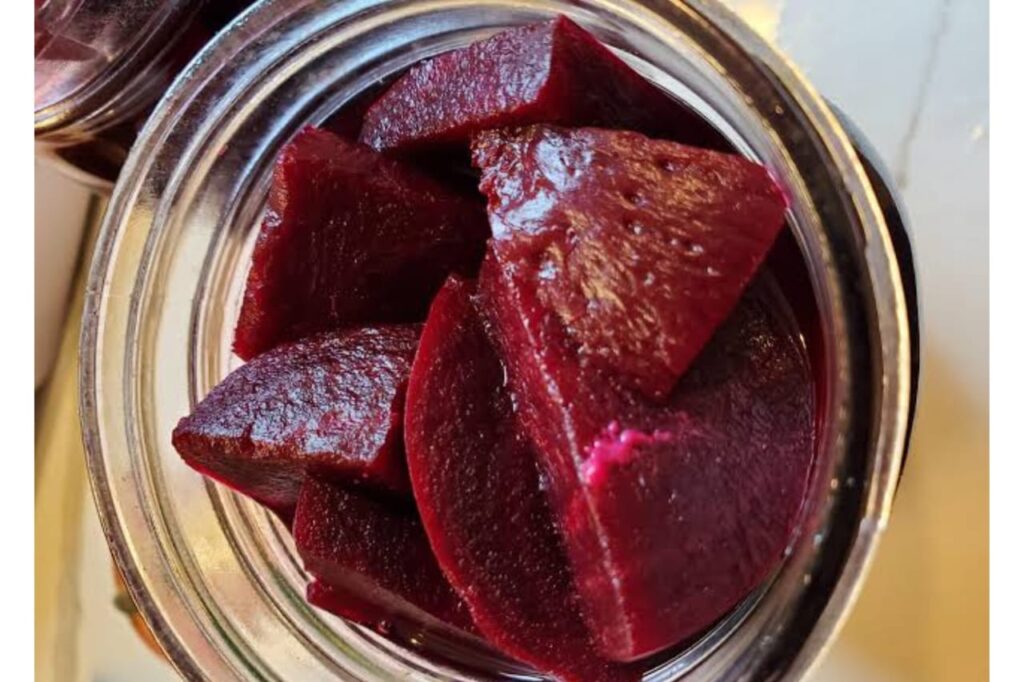
Pickled beets were once a pantry staple, especially in homes that practiced canning and preserving. Their tangy, earthy flavor and jewel-like color made them a popular side dish or garnish at family meals. Over time, they slipped into the background as fresh produce became more accessible, but today they’re back in style, particularly on trendy charcuterie boards and in gourmet salads. Modern chefs use them for their vibrant color as well as their flavor, pairing them with goat cheese, arugula, and nuts for an elegant starter. Some recipes experiment with spices like star anise, clove, or ginger, giving the beets a unique twist. Beyond taste, pickled beets carry nutritional benefits, being rich in antioxidants and vitamins. Their revival reflects a growing interest in fermented and preserved foods that combine health with tradition. Once again, the humble beet has claimed a bold place on modern tables.
21. Cabbage Rolls

Cabbage rolls, with their tender leaves wrapped around a filling of meat, rice, and spices, were once a staple in many immigrant households across Eastern Europe and beyond. They were hearty, budget-friendly, and perfect for stretching simple ingredients into a satisfying family meal. While they drifted out of fashion in some places, they’re now being rediscovered for their comforting appeal and versatility. Modern versions often lighten the dish with ground turkey or quinoa, or add international twists with spices like cumin or curry. Some are simmered in tomato sauce as tradition dictates, while others are baked with cheese for a new spin. What hasn’t changed is their comforting, home-cooked feel. Cabbage rolls represent the kind of meal that warms you from the inside out, proof that even the humblest ingredients can create something memorable. Their comeback reminds us that old family recipes often carry flavors too good to leave behind.
22. Oyster Dressing
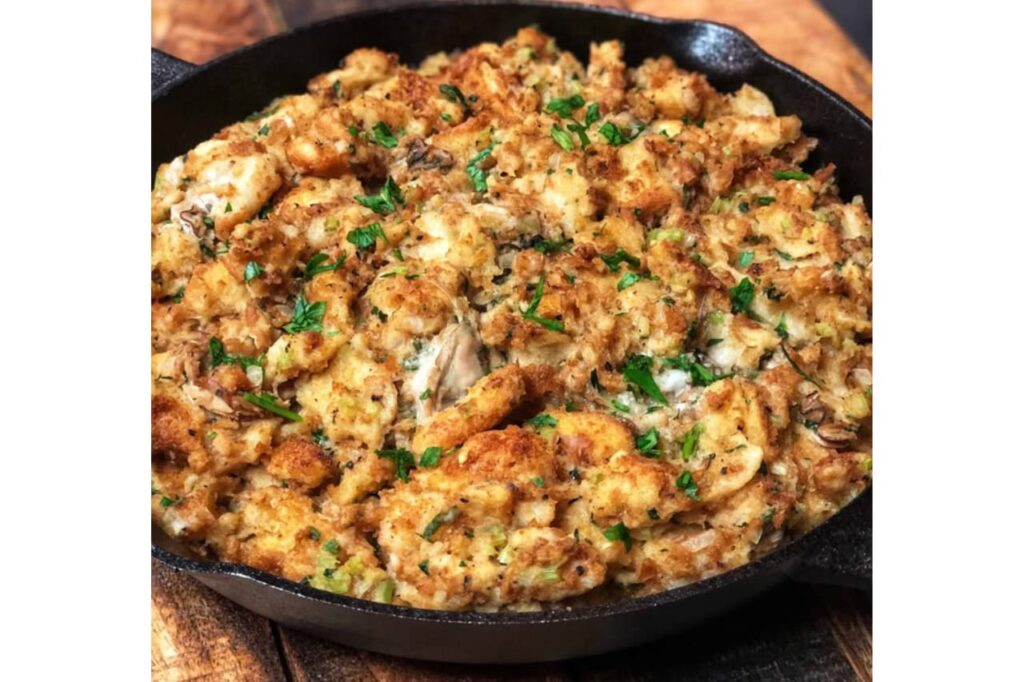
Oyster dressing, a coastal holiday favorite, blends briny shellfish with savory bread stuffing to create a dish that feels both festive and indulgent. For generations, it was a prized part of Thanksgiving and Christmas dinners in seaside communities, especially in the South. While it remained strong in coastal regions, it faded elsewhere as oysters became less common in everyday cooking. Now, chefs are reintroducing it inland, celebrating its rich flavor and historic roots. Modern recipes often highlight fresh, sustainably sourced oysters and artisan breads, with herbs like thyme and sage to balance the brininess. The result is a dressing that’s both rustic and elegant, tying together land and sea in a single dish. Its revival speaks to a growing appreciation for regional holiday traditions and the depth of flavor they bring to the table. Oyster dressing’s return proves that festive classics can travel far beyond their original homes.
Some of these dishes never really left, at least not in certain homes, but others are stepping back into the spotlight after decades of being forgotten. Did one of your grandma’s recipes make the list, or is there another you’d love to see return? Share your thoughts, we’d love to hear them.
This story From Grandma’s Kitchen to Today’s Tables: 22 Classics Making a Comeback was first published on Daily FETCH


